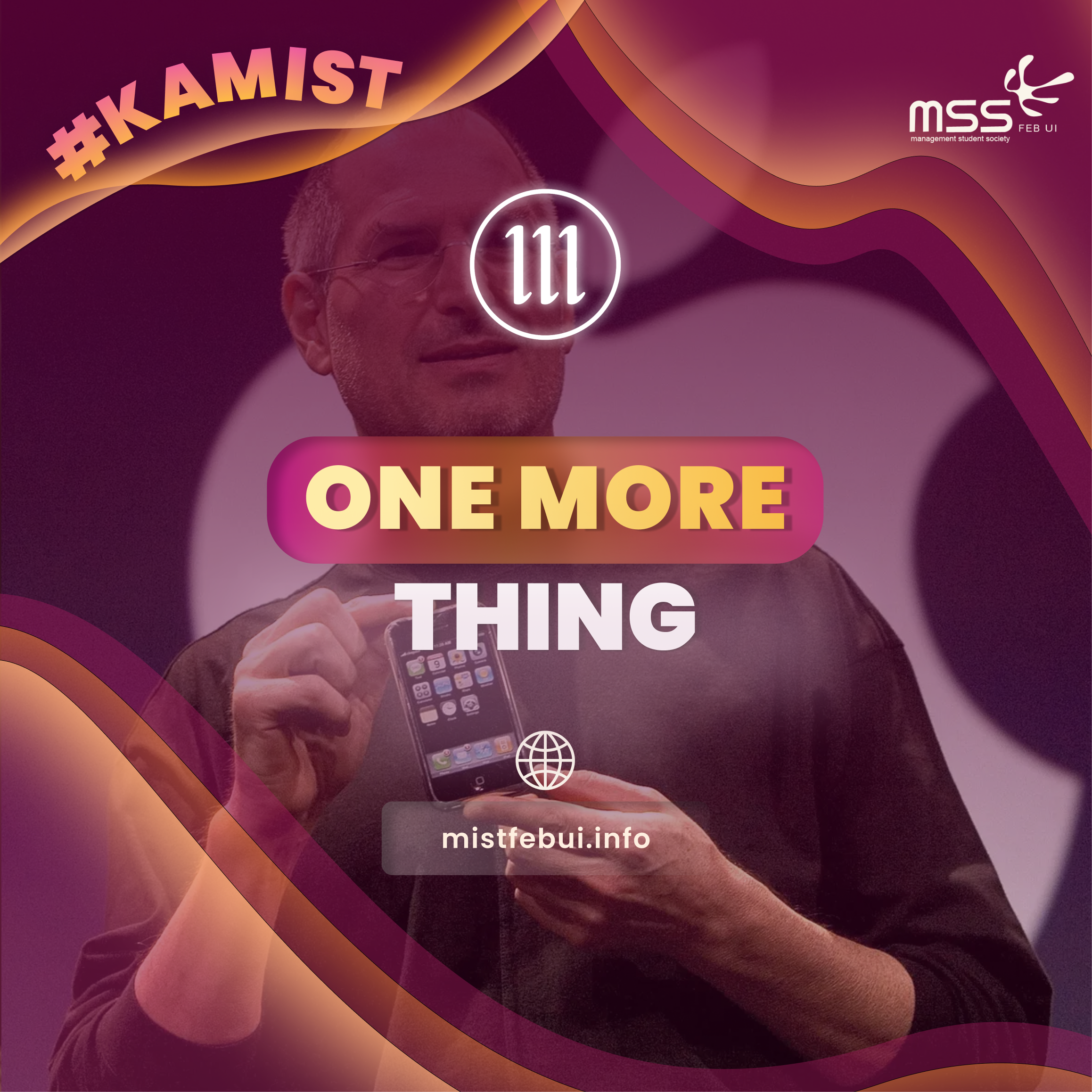KaMIST

Welcome back to KaMIST, your go-to lens into how marketing blends with culture, lifestyle, and everything in between. This week’s focus: the company that has turned product announcements into global cultural spectacles—Apple.
At first glance, Apple’s keynotes may look like just another corporate presentation. But behind the minimal slides, carefully chosen words, and perfectly timed “one more thing,” lies one of the sharpest marketing strategies in history. Since the early 2000s, Apple has transformed its product launches into must-watch events, commanding the attention of millions of tech enthusiasts, journalists, and content creators worldwide.
Apple wasn’t always the tech juggernaut it is today. In the early years, it was overshadowed by Microsoft and viewed as a niche computer company for designers and creatives. But everything changed in 2007, when Steve Jobs introduced the first iPhone. His pitch—“an iPod, a phone, and an internet communicator… these are not three separate devices”—wasn’t just about unveiling new hardware. It was about storytelling, creating a cultural moment that made people feel like they were witnessing the future unfold live on stage.
From that point on, Apple’s launches became theater. Each event was choreographed with cinematic precision: secrecy and rumors building suspense, teasers sparking speculation, and leaders stepping into the role of storytellers rather than salespeople. Today, Tim Cook and his team carry on that tradition, with millions tuning in on YouTube, hashtags trending worldwide, and entire news cycles devoted to dissecting every detail. Tech influencers and media outlets amplify Apple’s message for free, generating global buzz before a single device even reaches the store.
The genius of Apple’s launch strategy isn’t just in the products—it’s in the psychology. Each reveal is framed as a moment of cultural belonging. Owning the new iPhone isn’t only about speed or camera quality; it’s about identity, lifestyle, and being “part of the future.” The minimalist visuals, aspirational language, and sense of exclusivity make every launch feel like a ritual, one where millions of fans participate by watching, sharing, and lining up outside Apple Stores.
Even after the keynote ends, the experience continues. Unboxing videos dominate YouTube, memes flood Twitter, and long lines outside Apple Stores turn release day into a social event. Apple has mastered the art of stretching a launch into a months-long cultural conversation, where anticipation, scarcity, and desire fuel both sales and loyalty.
Zooming out, Apple’s mastery of product launches is a lesson in cultural branding. The company doesn’t just sell phones, laptops, or earbuds—it sells excitement, anticipation, and identity. By making each launch feel like the Super Bowl of tech, Apple ensures that its marketing isn’t a campaign, but a global event. And that, OptiMIST People, is why Apple continues to dominate not just the marketplace, but the cultural imagination.
More culture-meets-marketing insights coming soon—only at KaMIST.